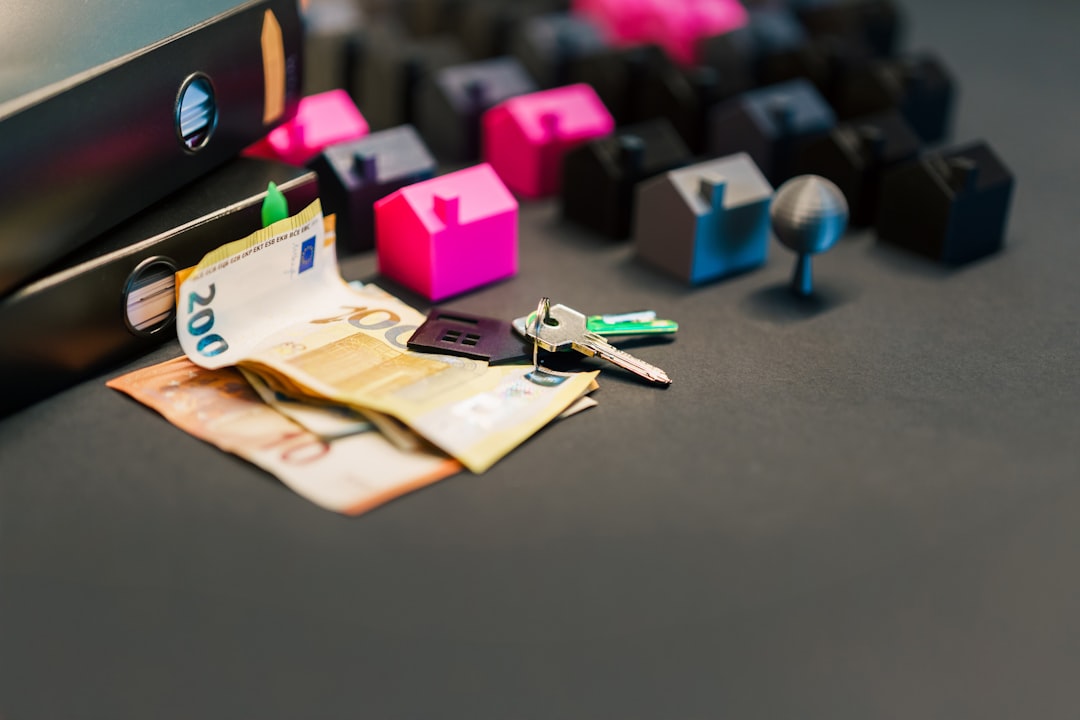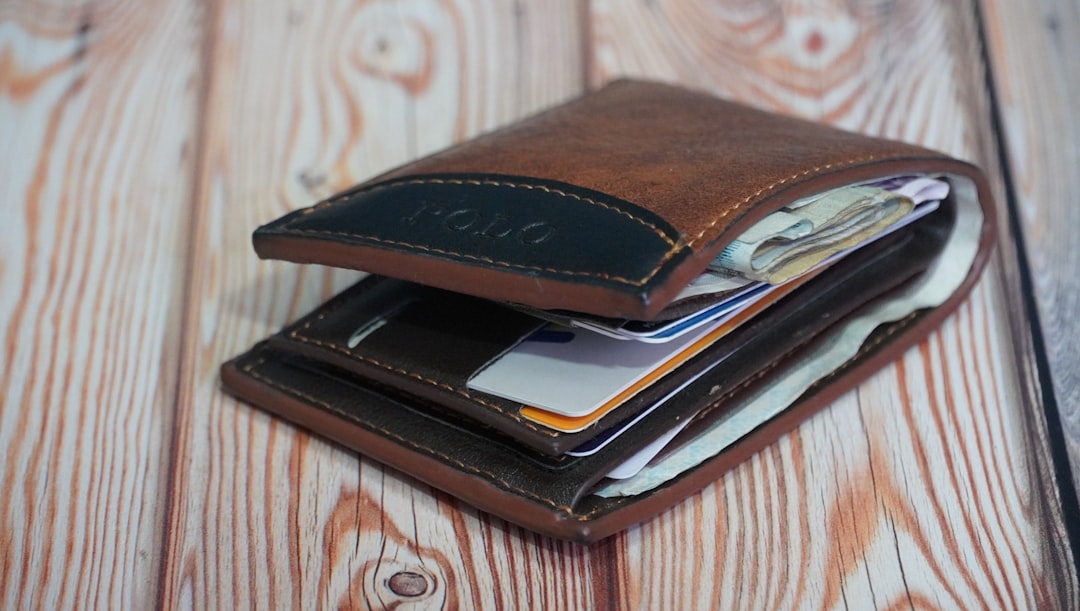Managing cryptocurrency can be an intricate task, especially with the ever-growing number of tokens, increasing security concerns, and the need for real-time control of digital assets. With the widespread adoption of smartphones, Android crypto wallets have become one of the most efficient tools for day-to-day cryptocurrency management. However, simply installing a wallet isn’t enough. To truly harness the benefits, it’s essential to follow some practical tips to ensure both efficiency and security. This article dives into detailed guidance for managing your cryptocurrency effectively using an Android crypto wallet.
1. Choose a Trusted and Well-Supported Wallet
Your Android crypto wallet serves as a secure gateway to your digital assets. Choosing a wallet with a strong reputation is the first crucial decision you make.
- Go for open-source wallets: These allow the developer community to audit the code, reducing the chances of hidden vulnerabilities or backdoors.
- Look for robust user reviews: Wallets with thousands of positive reviews and a high number of downloads tend to be more secure and reliable.
- Ensure it’s actively maintained: Frequent updates signal a proactive development team that addresses security bugs and adds new features regularly.
Some of the top Android wallets include Trust Wallet, Exodus, and MetaMask Mobile. Select one based on your comfort level, crypto assets supported, and specific use cases such as NFT storage or staking.
2. Enable All Available Security Features
One of the biggest challenges in managing cryptocurrency is ensuring security. Even with the best wallet, neglecting basic security hygiene exposes you to risks.
- Set up biometric security: Use fingerprint or facial recognition for added protection when accessing your wallet.
- Create a strong PIN or password: Ensure it’s a unique combination, different from what you use elsewhere.
- Enable two-factor authentication (2FA): Some wallets integrate with authenticator apps to provide an added layer of protection.
Never share your private keys or recovery phrases with anyone. Back them up securely, offline if possible—such as on a hardware wallet or written on paper and stored in a safe location.
3. Use Multiple Wallets for Different Purposes
Just as you would not keep all your money in one account, spreading your crypto across multiple wallets is a smart strategy for reducing risk and enhancing efficiency.
- Primary wallet: Use this for regular transactions, trading, and transfers.
- Cold wallet: Store long-term holdings in a wallet configured on a device that is never connected to the internet.
- Experimentation wallet: Allocate a small sum in a wallet to test new dApps or blockchains.

This approach protects your long-term holdings in case one of your active wallets becomes compromised.
4. Regularly Monitor Your Transaction Activity
Even experienced cryptocurrency holders sometimes overlook irregular transaction activity, which can be a sign of a compromised device or wallet.
Use your wallet’s built-in transaction history features to consistently check for unauthorized movements of funds. Many wallets also offer push notifications every time a transaction occurs. Keep this turned on to receive real-time alerts. If you notice any suspicious transactions, act immediately—move remaining funds to a safer wallet and scan your Android device for potential malware.
5. Keep Your Wallet and Android Device Updated
Running outdated apps or system software is one of the most common vectors for attacks. Your Android wallet and smartphone both need to be up to date to mitigate vulnerabilities.
- Update the wallet regularly: Developers frequently release patches to close future security issues.
- Install the latest Android OS version: Improved protocols and security capabilities come with OS updates.
- Avoid downloading apps from unofficial sources: Always use the Google Play Store or the wallet’s official site to install or update the app.
Additionally, avoid rooting your Android device. Root access makes it easier for malicious software to bypass built-in Android security restrictions, putting your cryptocurrency at risk.
6. Leverage Backup and Recovery Options
Backups are your insurance policy against lost phones, app crashes, or accidental deletions. Every reputable Android crypto wallet offers a recovery phrase—usually 12 or 24 words—which gives you access to your funds from another device, if necessary.

Best practices to follow:
- Write down your recovery phrase and store it in a safe, offline location.
- Avoid taking screenshots or storing the phrase digitally where it could be accessed by malware.
- Test your backup by trying to restore it on a different device before you actually need it.
Some wallets now also support encrypted cloud backups on Google Drive. While convenient, always make sure the backup is encrypted and protected by a strong password, and avoid using this approach for large or long-term holdings.
7. Utilize Built-in Portfolio Tracking
Many modern Android crypto wallets include portfolio tracking to help you monitor the value of your holdings across multiple coins.
- Set up price alerts to notify you when your assets hit a target price, helping you act swiftly without constantly monitoring the markets.
- Organize your assets into categories, such as stablecoins, staking assets, NFTs, and long-term investments.
- Link external wallets or exchanges via public addresses or APIs to get a broader view of your portfolio.
This functionality allows you to make better-informed investment decisions and track market trends efficiently—all within your mobile wallet interface.
8. Stay Educated and Engaged with the Community
The crypto landscape evolves rapidly. To manage your assets efficiently, it’s vital to stay up to date with new tools, wallet technologies, and emerging threats.
Follow wallet developers on social media, read official blog posts, and stay connected with communities on platforms like Reddit and Telegram. If your wallet supports new tokens or integrations, test them carefully to get comfortable with any new functionality before investing large sums.
Conclusion
Efficient cryptocurrency management requires more than simply downloading a wallet app. With the right practices—such as selecting a reputable wallet, enabling robust security measures, and maintaining up-to-date backups—you can take full control of your digital assets safely and conveniently from your Android device.
Using your Android crypto wallet wisely not only protects what you’ve invested but also empowers you to fully participate in the digital economy with confidence. By following these tips, you lay a strong foundation for long-term success in the world of cryptocurrency.
